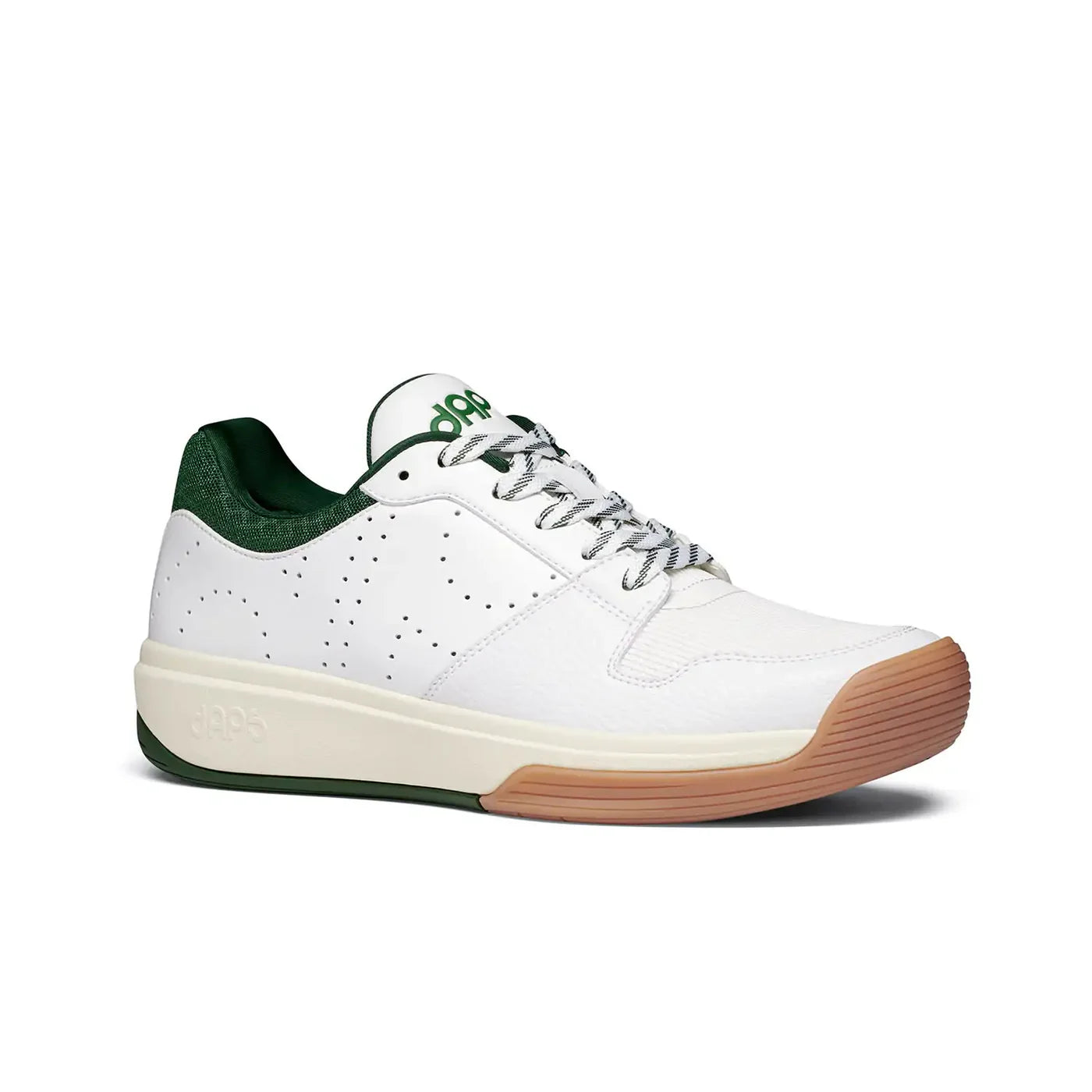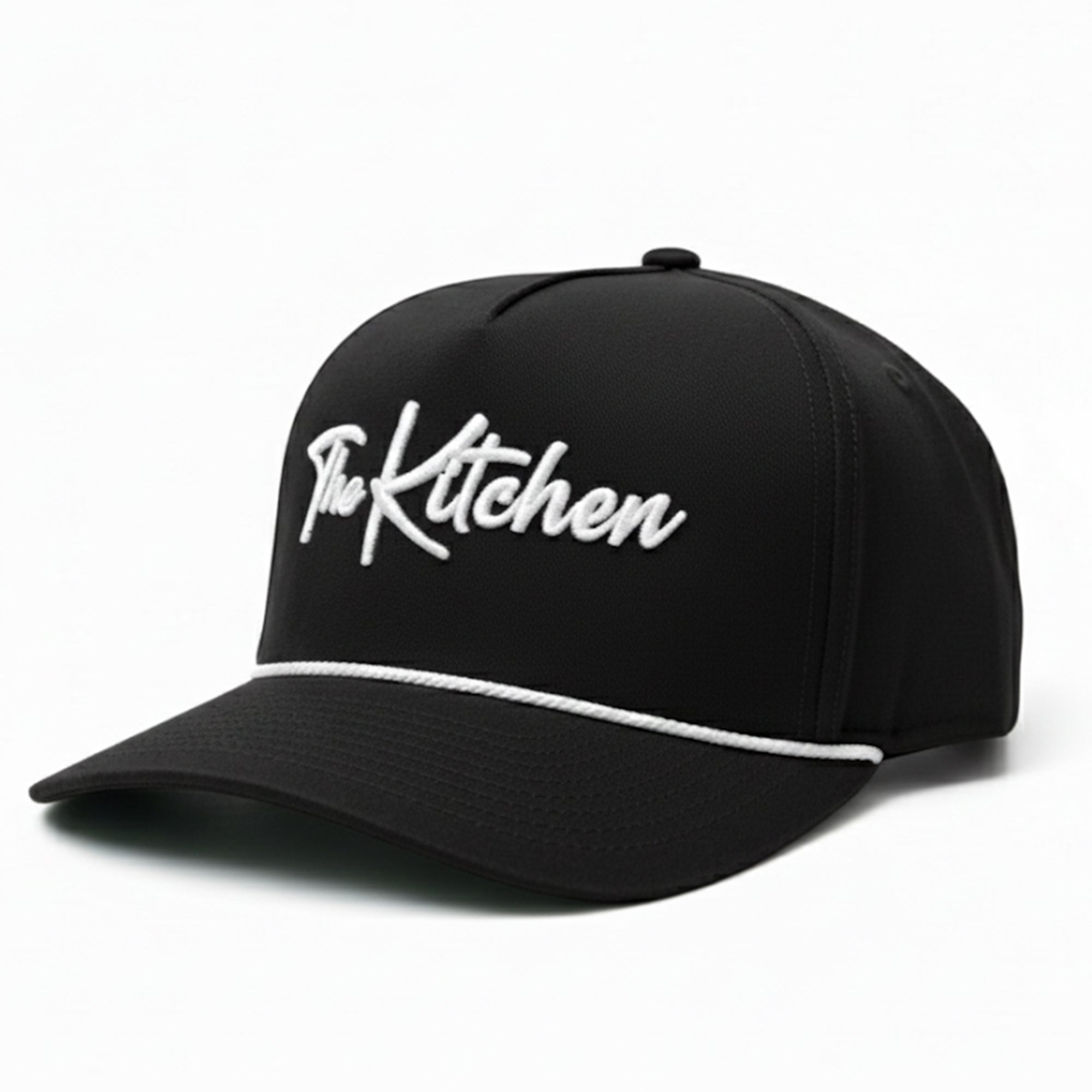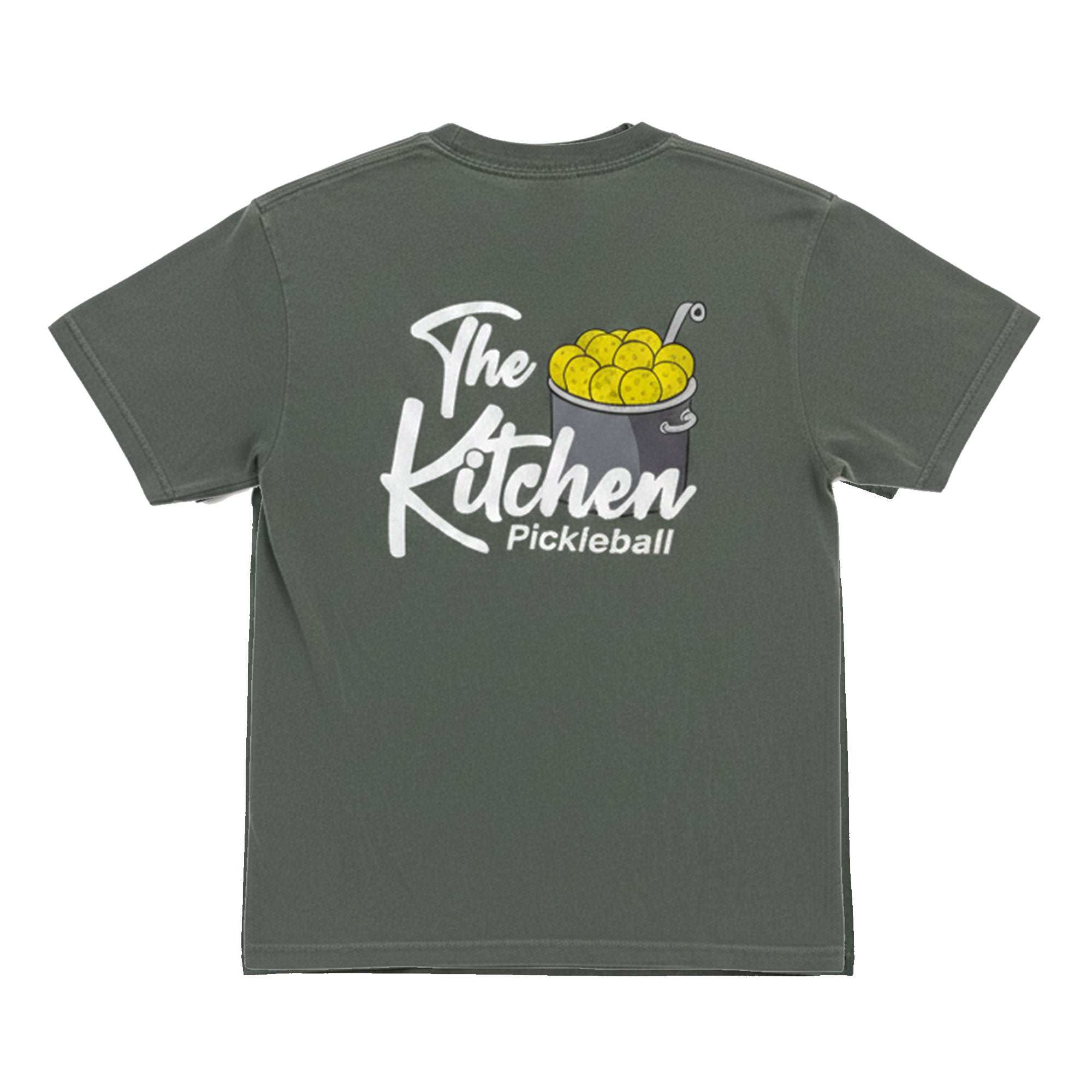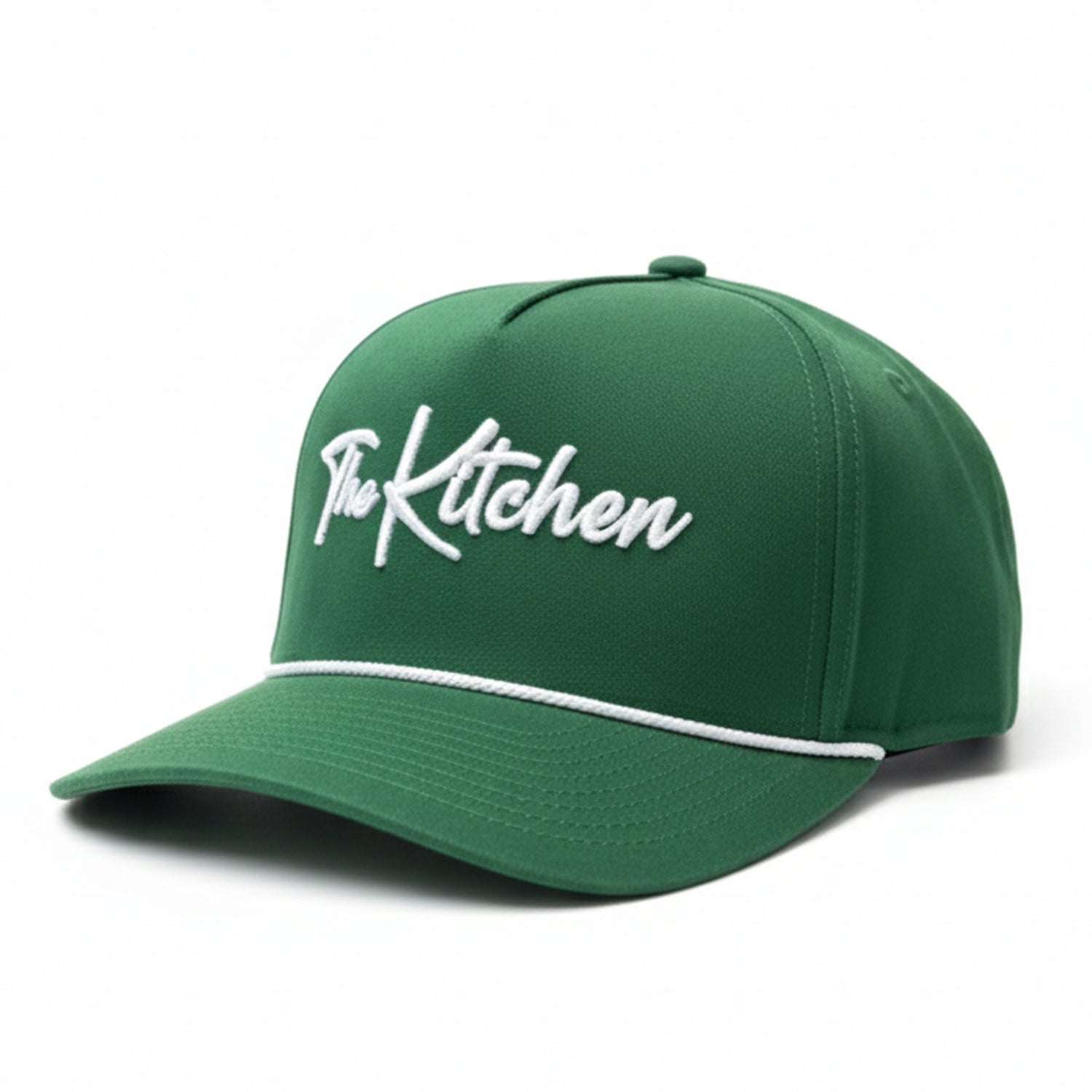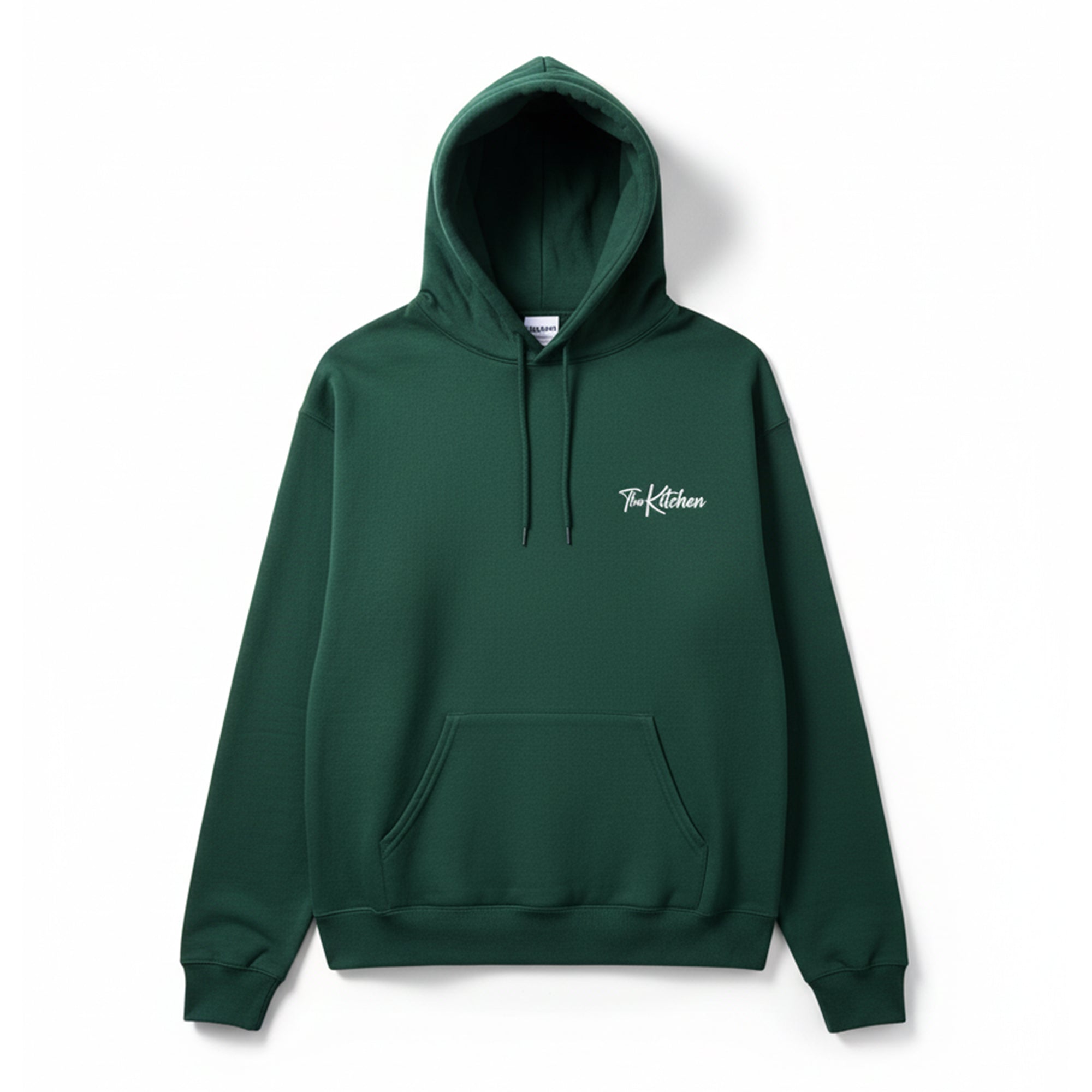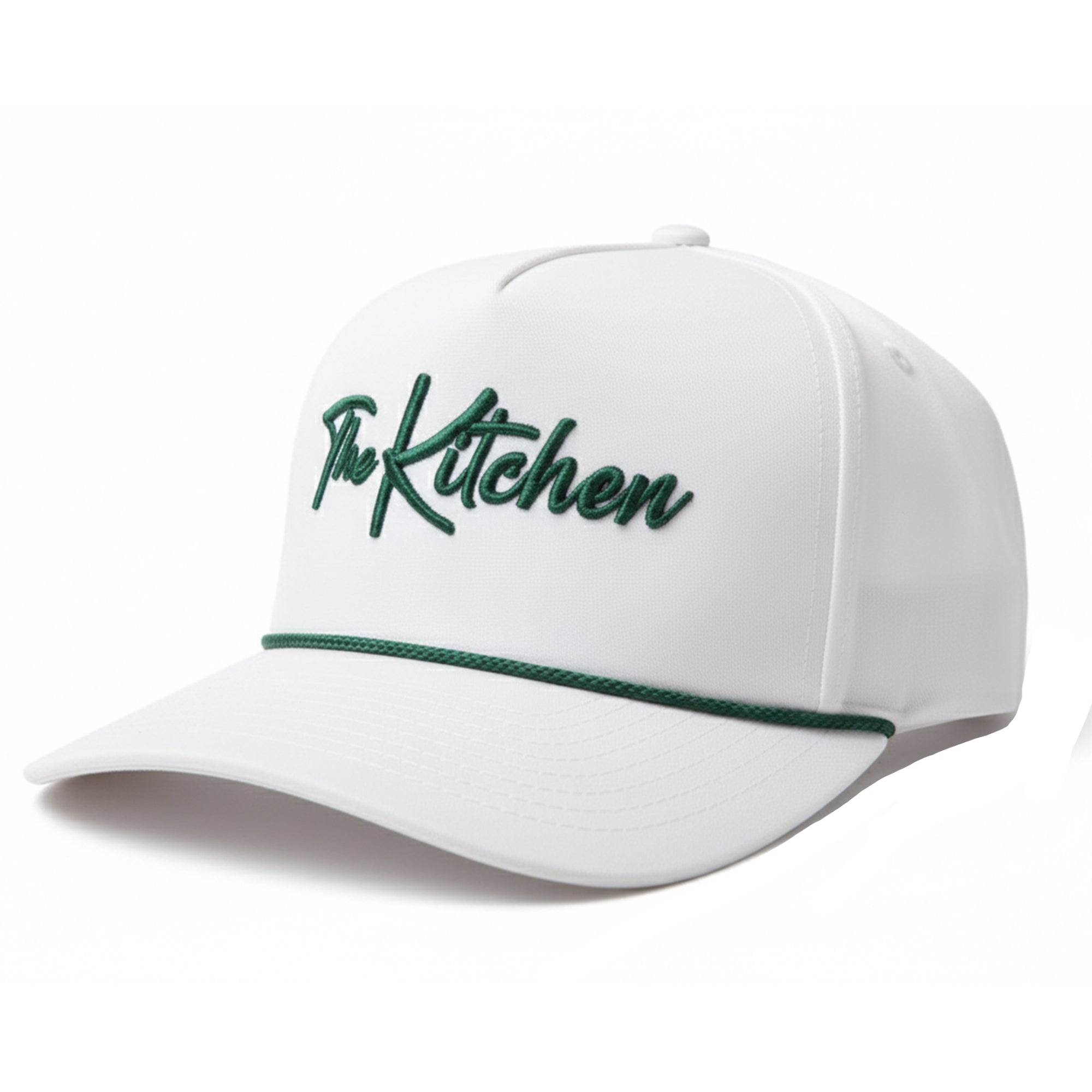Poaching in pickleball: A doubles strategy that wins points
Last Edited
Mar 12 2025
Category
Instruction
While focusing on your shots and form at any level is advised, part of any pickleball strategy needs to consider what your opponent sees.
After all, pickleball is about patterns, which means pattern disruption can be the difference during any given point.
Take this footage from my latest rec sesh as an example:
In this footage of two different points, I'm the one on the far right, on the right side of the court (in black shirt/white shoes/long pants).
In the first point, I poach my opponents' third shot, adding some spin and aiming at my opponent's midsection as they are in transition to the kitchen. This poach causes them a to pop the ball up, giving me an easy down-the-middle opportunity.
I didn't even need to put it away hard.
A few points later, we see the second point shown in the above video. I've been poaching many of my opponents' thirds, creating a pattern, an expectation.
So, instead of following through on another poach, I cheat in a bit, making it seem like I’m continuing the pattern and causing my opponent diagonally across from me in the dark red shirt to position toward the middle to help cover.
Instead: I give up the poach, and my partner is able to hit a simple low speed shot down the line for the point. I call this the "Poach-and-Pick" just for fun, but really, it's just an example of pattern & pattern disruption.
Pickleball doubles strategy is about patterns AND pattern disruption
This isn't just a simple strategy you can bring to the court. This illustrates a key part of growing to that "next step" in pickleball: understanding patterns and how you can manipulate them.
I spent a lot of time with the same partner that night, and eventually, he revealed that he doesn't always know what to do on the court. He said he's "just trying to focus on getting away from old tennis habits."
That's totally fair, but pickleball requires us to watch a lot at once, splitting our attention in several areas strategically. For instance, even after a couple games, he didn't realize yet that the opponent in the red shirt above liked to send his thirds hovering in the middle (perfect for my poaching).
Related: See more examples of good pickleball poaching!
Once I pointed that out to my partner, he was sure to always return the second shot to that opponent, and I think we won more points because of that strategy.
And because I had established that I was capable of poaching those floating balls in the middle, that added more stress to my opponents as they attempted their third shots.
They now had to think about where I was going to be and likely tried to be a little more precise to keep the ball out of my reach, which naturally will lead to a few more errors in the net.
Of course, once those opponents noticed me poaching time and time again, they eventually changed up...but not before we were able to manipulate that expectation by changing up our own pattern, taking them by surprise, like in the second point above.
Poaching helps in more ways than one:
- It will win you a cheap point or two the first couple times you go for it and execute.
- Then, because you've shown you can do it, now opponents have to be worried about it and it puts more stress on their shots, which means more errors.
As you improve in pickleball, it's important to start setting expectations...and then breaking them. This not only develops you into a more competitive player, it also makes for more fun, unexpected points.








